Stone pillars, T-shaped megaliths 15 feet high, quarried and carved out of the limestone rock with flint tools and set in circles around . . . what? I can only guess, now 11,000 years later. That’s how long ago this place was built.
11,000 years ago they hadn’t even invented farming yet, not really, maybe a few gardens here and there, by chance. They wouldn’t build the pyramids or Stonehenge for another 6,000 years. What . . . the heck?
They were hunters and gatherers, foraging, moving around thru the landscape but somehow they got together and built this temple to praise the nature spirits and the created world. Both of which they were in awe of. Apparently. I mean both were in abundance here in the foothills of the Taurus Mountains, near the the headwaters of the spring fed Balikh River in the southwestern portion of present day Turkey.
Mountains, and valleys, rivers and streams, a grassy plateau filled with animals, comprised their world. This was their habitat, this is where they knew how to live. And this was their signature, their time stamp, their creative expression.
And, oh my God, the T-shaped pillars. What are those about? Stylized humans? With stylized arms? Standing tall and proud at the portal to the wild mountains beyond?
Look at their feet, the tapered base. And the rectangular heads, reminiscent of the White Shaman.
Ok, maybe you’re not as interested in ancient archaeology as I am, but the point is this - human beings have lived here for a very long time and we have had many different lifestyles.
Those people, from 11,000 years ago, were part hunter/gatherer and part farmer, apparently. They had a deep reverence for the world that they lived in and that sustained them. Why else would they erect such monuments and arrange them in a such a way and carve into them images of the animals and plants of the natural world around them?
Obviously some deep thinking going on and some strategic planning as well. There are dozens of pillars like those seen in the picture scattered around the 20 acre site, some smaller and some larger. The archaeologists will eventually dig up even more, no doubt.
Imagine the amount of effort it took to cut those stones out of the bedrock, drag them around, stand them up (some weigh 30 tons), and make carvings all over them. And all done with a flint chisel. Flint is harder than limestone but not that great at holding an edge. It was a massive undertaking for those people.
Plus it was built on a ‘tell’, a hill made from the accumulated debris of previous generations. People had been camping out on this site for a long time.
We can’t enter into the minds of those people 11,000 years ago as much as we might like to. Only with our imagination can we reach out to them, only by using inference from what we already know about ancient cultures and the hunter/gatherer lifestyle can we attempt to reconstruct their world. But whatever the purpose of the site, whatever the meaning behind the architecture, we can safely assume that it was something important to them.
And what would be important to those people living in a stone age world: stone and bone and wood and the skins of wild animals and the river reeds to make baskets and the vines to bind branches into a shelter?
The same thing that is important to us, I would submit. Feeling part of a tribe, having a purpose, having a quest and a mission in life, to know the larger world and to become larger by exploring it. Celebrating that in song and dance, story and ritual, sculpture and architecture, as we do today. Because we’re human. Because it’s important to us.
podcast music :: Man In A Room - The Confidential 6:42-12:34




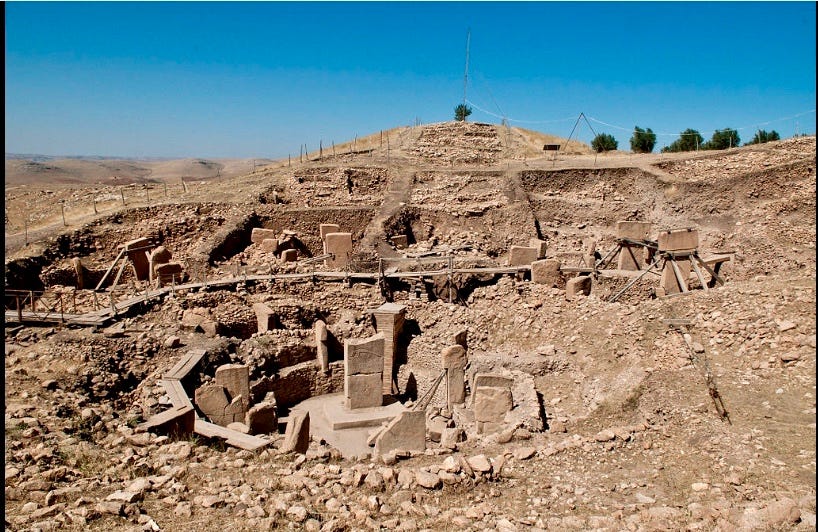
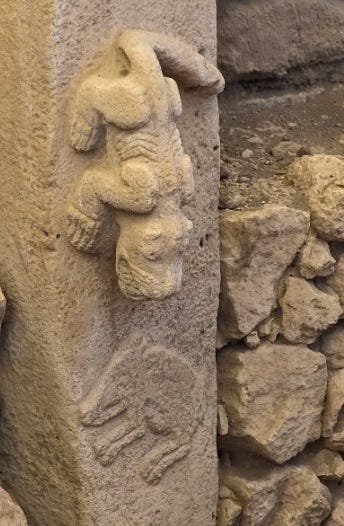
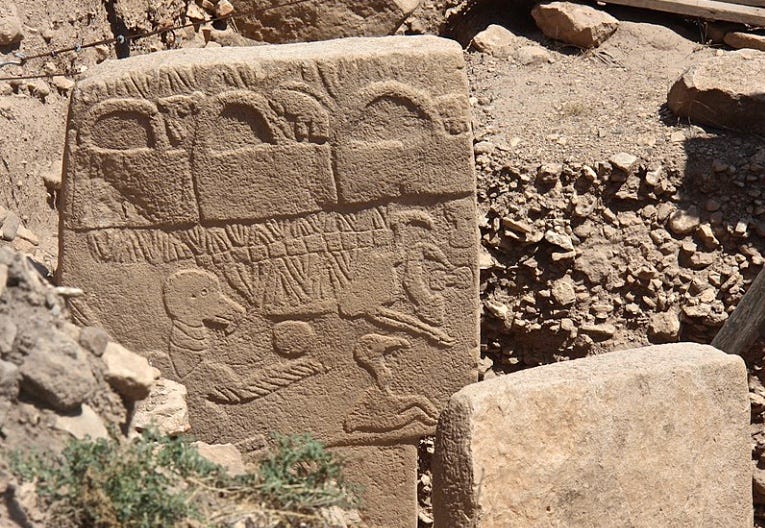
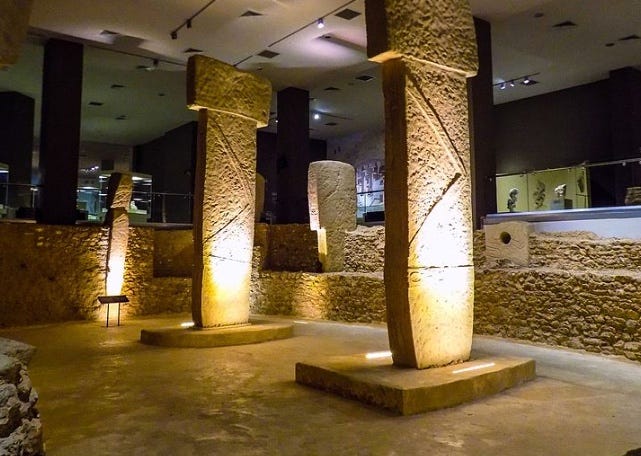



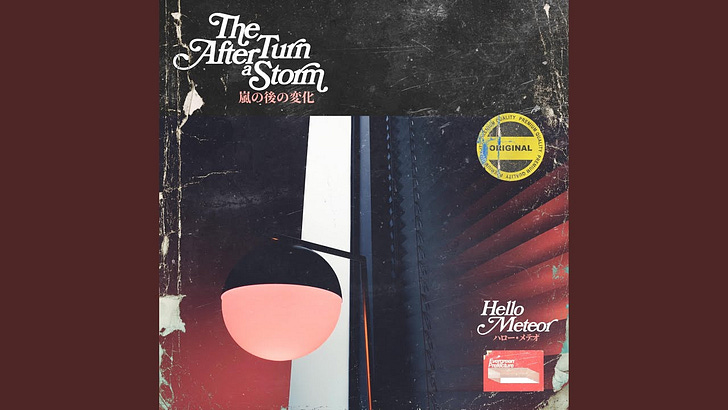

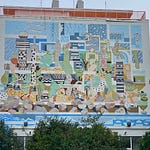
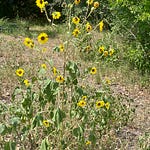
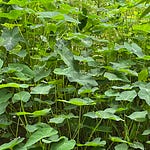

Share this post